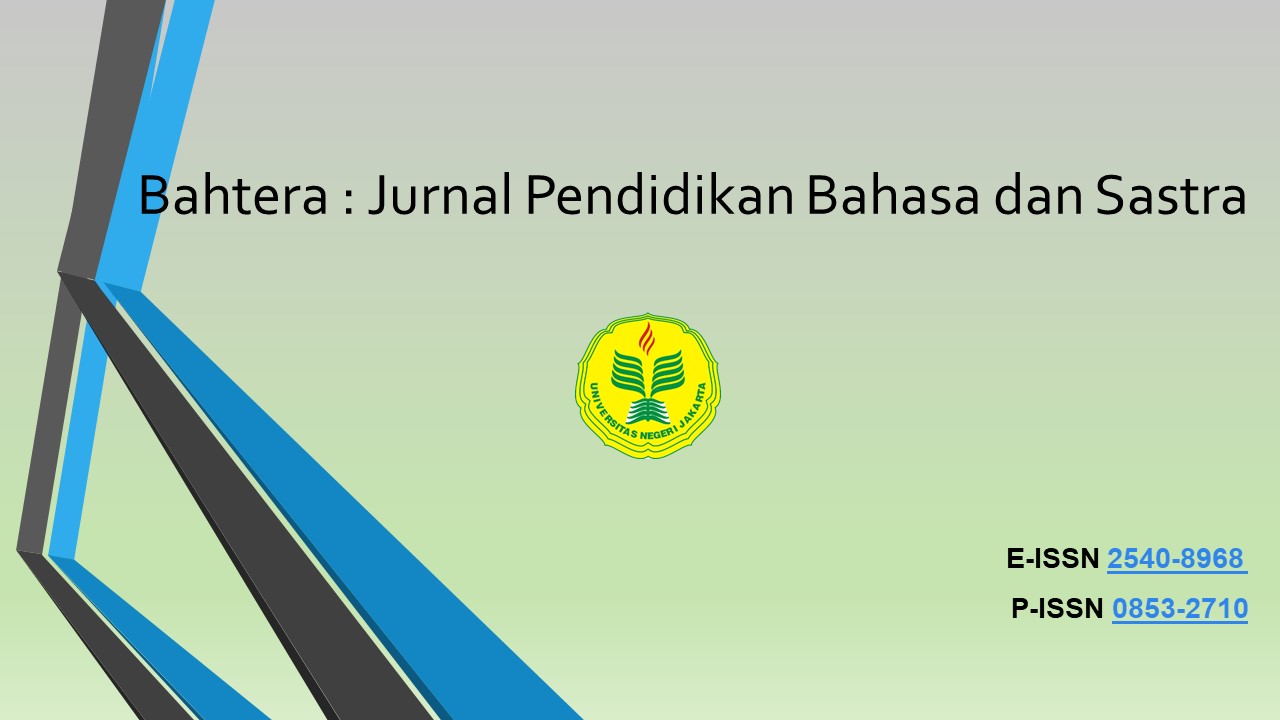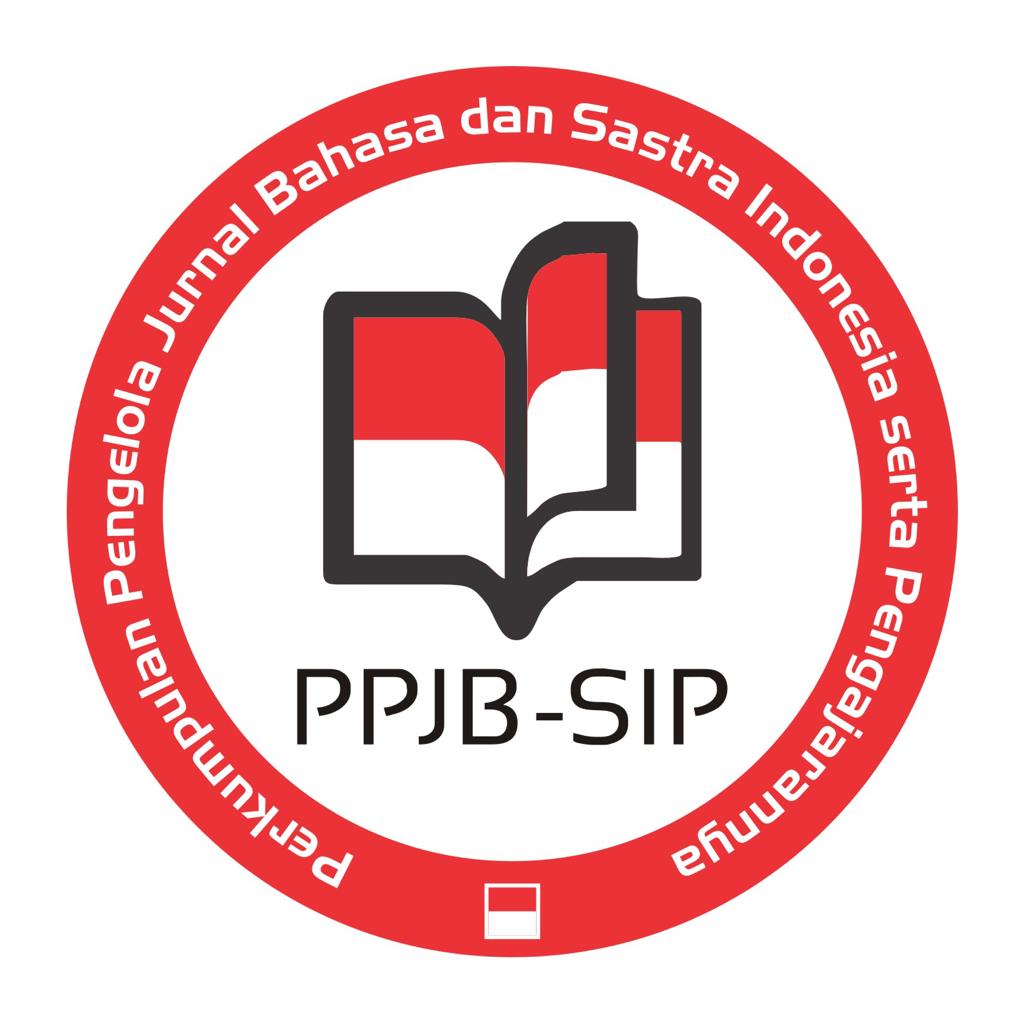Studi Inflectional Affixes pada Teks Naratif: Implikasinya untuk Pengajaran Bahasa Inggris
DOI:
https://doi.org/10.21009/bahtera.241.04Keywords:
Narrative Text, Suffix –es, Suffix –ed, English Language TeachingAbstract
This study aims to examine the use of the inflectional affixes -es and -ed in the narrative text "The Enchanted Fish" and their implications for English language teaching. Employing a descriptive qualitative research method through content analysis, the study identifies the patterns of -es and -ed suffixes attached to verbs in the narrative text. The analysis reveals that the -es suffix represents verbs in the third-person singular form in the present tense, while the -ed suffix represents verbs in the past tense within the narrative. The findings suggest that the use of various tenses in narrative texts enhances storytelling depth and richness, aiding students in understanding contrasts between ongoing events, habitual actions or permanent states, and past occurrences. In this context, the analysis of -es and -ed inflectional affixes on verbs in narrative texts can serve as a resource for teaching students about word formation, which can then be expanded into sentence construction. Furthermore, mastering this grammatical aspect can simultaneously support students' competence in reading and writing narrative texts
References
Bobkina, J., & Domínguez Romero, E. (2014). The use of literature and literary texts in the EFL classroom: Between consensus and controversy. International Journal of Applied Linguistics and English Literature, 3(2), 248-260. https://doi.org/10.7575/aiac.ijalel.v.3n.2p.248
Grimm, J., & Grimm, W. (1812). The fisherman and his wife [Versi asli cerita rakyat].
Katamba, F. (1993). Morphology: A study of the relation between meaning and form. Continuum.
Kementerian Pendidikan dan Kebudayaan. (2017). Buku pembelajaran bahasa Inggris kelas XI. Jakarta: Kementerian Pendidikan dan Kebudayaan.
Khoir, A., Jessenianta, A. K., & Rohmana, W. I. M. (2023). Utilizing narrative text as a means of incorporating literature into English language teaching to enhance students' listening and speaking skills. Journal of English Teaching, Literature, and Applied Linguistics, 4(1). https://doi.org/10.47766/jetlee.v4i1.2251
Krippendorff, K. (2004). Content analysis: An introduction to its methodology (2nd ed.). Sage Publications.
Miles, M. B., Huberman, A. M., & Saldaña, J. (2014). Qualitative data analysis: A methods sourcebook (3rd ed.). SAGE Publications.
Purba, A. (2010). Sastra Indonesia kontemporer. Yogyakarta: Graha Ilmu.
Pinker, S. (2015). Words and rules: The ingredients of language. Basic Books.
Spencer, A. (1991). Morphological theory: An introduction to word structure in generative grammar. Wiley-Blackwell.
Sugiyono. (2015). Metode penelitian kuantitatif, kualitatif, dan R&D. Bandung: Alfabeta.
Sutopo, H. B. (2002). Metode penelitian kualitatif. Surakarta: UNS Press
Downloads
Published
How to Cite
Issue
Section
License
Copyright (c) 2025 Bahtera: Jurnal Pendidikan Bahasa dan Sastra

This work is licensed under a Creative Commons Attribution 4.0 International License.
License & Copyright
This work is licensed under a Creative Commons Attribution 4.0 International License.










